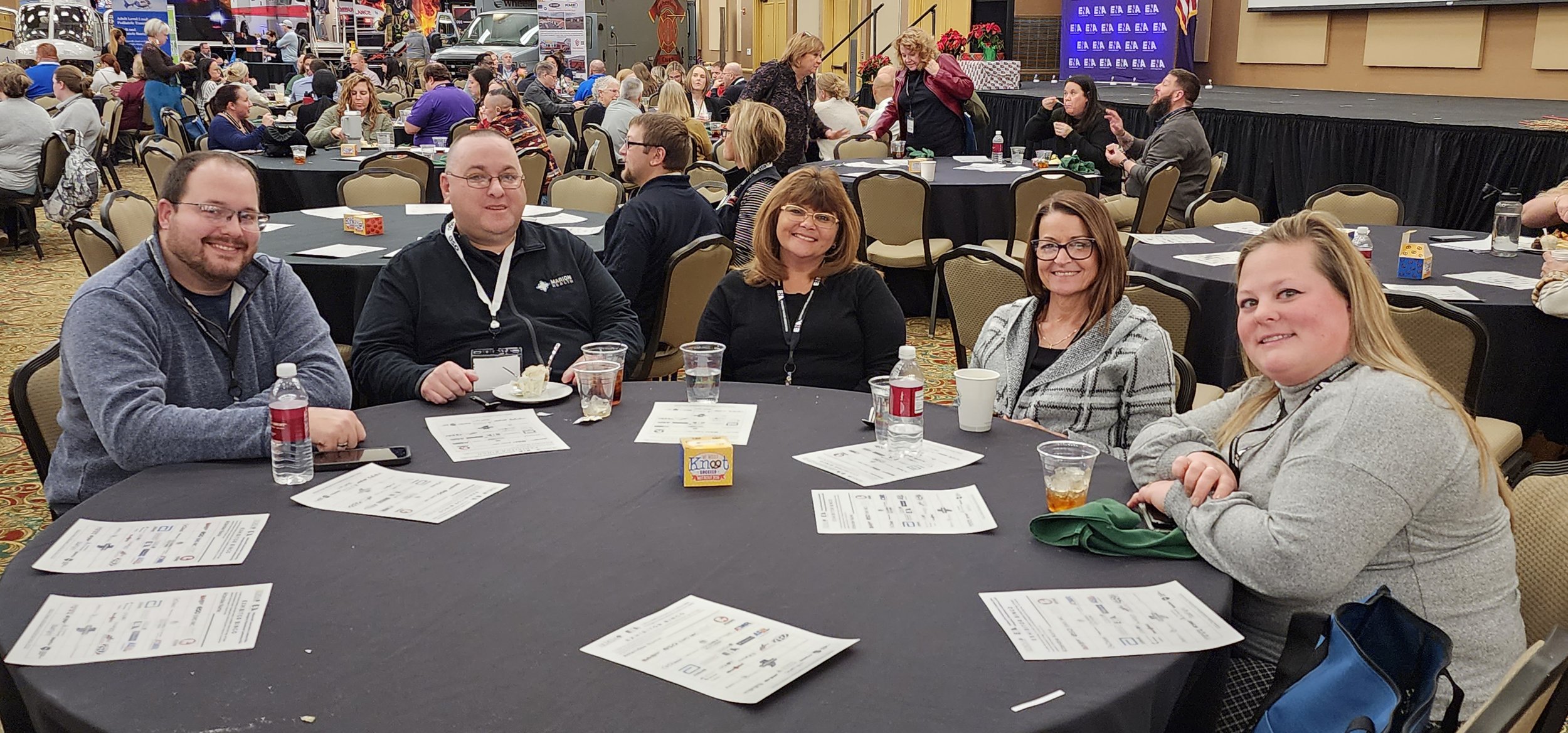Registration Times:
Wednesday, November 19, 2025
Preconference Registration: 0700-1000 (7:00 - 10:00 AM)
Conference Registration: 1700-1900 (5:00 PM - 7:00 PM)
Thursday, November 20, 2025
Conference Registration: 0700-1500 (7:00 - 3:00 PM)
Friday, November 21, 2025
Conference Registration: 0700-1200 (7:00 - 12:00 PM)
Detailed Schedule
All times Eastern.
Session Details
Sessions may fill up quickly. Openings are on a first-come, first-served basis. Some sessions may have a capacity limit.
November 19, 2025
Pre-conference Activities
07:00 17:00 Preconference Sessions (see additional information)
0900 1600 STEMI MasterClass, Ford Room
0900 1600 NREMT & IDHS Instructor Update & Education,Roosevelt Room
0900 1600 MIH Education, Eisenhower Room
0900 1600 Certified Ambulance Documentation, Kennedy Room
0700 1700 Handtevy Instructor Course, Truman Room
0830 1700 Prescription for Justice: Testifying for Medical Professionals, Nixon Room
10:00 12:00 Indiana EMS Association Meeting
13:00 16:00 Indiana EMS Commission Meeting
18:00 20:00 Indiana EMSA Legislative Meeting (By Invitation Only)
Session A: 1045 - 1130
| Code | Presentation Title | Room |
|---|---|---|
| A1 | Farm Trauma | Reagan |
| A2 | Playing Nice in the Sandbox: Interprofessional Team Building Using Simulation-Based Training | Ford |
| A3 | Platinum Moments, Golden Outcomes: Advancing Excellence in Trauma Care | Nixon |
| A4 | From Concept to Combat: Lessons Learned in Field Blood Resuscitation Implementation | Eisenhower |
| A5 | From Swifties to Stamp Collectors: Scalable Medical Operations for Every Event | Kennedy |
| A6 | Staying Safe in EMS. How EMS is Injured and What Can We Do About It | Roosevelt |
| A7 | Imminent Delivery at A Non-Delivery Site | Truman |
| A8 | Stork Alert: EMS & ED Unite for a Two-Patient OB Emergency | Hoosier C |
Session B: 1145 - 1230
| Code | Presentation Title | Room |
|---|---|---|
| B1 | The Future Role of Paramedics in EMS | Reagan |
| B2 | The Calm Voice in Chaos: Strategies for Effective Communication Under Stress | Ford |
| B3 | Integrating Trauma-Informed Care into Forensic Nursing Practice: Minimizing Re-traumatization and Strengthening Survivor Trust | Nixon |
| B4 | Commanding Through Chaos: Leading After Unthinkable Tragedy | Eisenhower |
| B5 | Scars | Kennedy |
| B6 | From Waves to Wisdom: EKG Interpretation for New Grads | Roosevelt |
| B7 | The Clinical Inquiry Incubator: Should I Use Research, EBP or QI? | Truman |
| B8 | The Game of Clue: Trauma Edition | Hoosier C |
Session C: 1345 - 1430
| Code | Presentation Title | Room |
|---|---|---|
| C1 | Addressing Maternity Care Desserts: Applying NAEMT & ACOG Guidelines to Real-World EMS Protocols | Reagan |
| C2 | Shock to Strength: How Trauma Nurse Champions Transformed Mortality in the Trauma Bay | Ford |
| C3 | Document or Defend: The Critical Role of Comprehensive Charting in Emergency Care | Nixon |
| C4 | Beyond the Vitals: Integrating Domestic Violence Screening into Triage Protocols | Eisenhower |
| C5 | Enhancing Engagement: Leveraging Tech Tools for Interactive Education | Kennedy |
| C6 | Blast Injuries and Treatment Options | Roosevelt |
| C7 | ED Charge Nurse: Turning Mayhem Into Just Another Monday | Truman |
| C8 | Stork Alert: EMS & ED Unite for a Two-Patient OB Emergency | Hoosier C |
Session D: 1445 - 1530
| Code | Presentation Title | Room |
|---|---|---|
| D1 | Collaboration is Key | Reagan |
| D2 | The Lethal Diamond of Trauma | Ford |
| D3 | When Muscles Fail: A Critical Approach to Myasthenia Gravis in the Emergency Setting | Nixon |
| D4 | 911 What's Your Emergency....Abdominal Pain | Eisenhower |
| D5 | Caring for the Unhoused as Healthcare Professionals and Humans | Kennedy |
| D6 | Neurons, Not Notebooks: Teaching for the Brain, Not the Binder | Roosevelt |
| D7 | Primary Care MIH | Truman |
| D8 | The Game of Clue: Trauma Edition | Hoosier C |
Session E: 1600 - 1645
| Code | Presentation Title | Room |
|---|---|---|
| E1 | Room Closed | Reagan |
| E2 | Bleeding Edge: Advancing Massive Transfusion Protocols in Trauma Care | Ford |
| E3 | CPR Induced Consciousness (CPRIC): Mostly Dead is Still Slightly Alive | Nixon |
| E4 | Human Trafficking Healthcare Provider Awareness and Intervention Training | Eisenhower |
| E5 | Development of a Quality at Risk Tool and Process to Impact ED Boarding | Kennedy |
| E6 | The Recipe of a Successful Disaster Response in the Emergency Department | Roosevelt |
| E7 | Pressed For Time: Understanding ICU Pressors In the Ambulance | Truman |
| E8 | Stork Alert: EMS & ED Unite for a Two-Patient OB Emergency | Hoosier C |
Session F: 1700 - 1745
| Code | Presentation Title | Room |
|---|---|---|
| F1 | Moral Injury: Is Your Organization Guilty? | Reagan |
| F2 | It's About Bloody Time: Evidence-Based Prehospital Management of Postpartum Hemorrhage | Ford |
| F3 | An Overview of Traumatic Brain Injury Management in the Prehospital Environment | Nixon |
| F4 | Stop Guessing, Start Affirming: Bold Moves for LGBTQ+ Healthcare Excellence in the Emergency Setting | Eisenhower |
| F5 | The Indispensable Role of Healthcare Volunteers in Disaster Response | Kennedy |
| F6 | Forensic Nursing: The Intersection of Medicine and Law | Roosevelt |
| F7 | Mobile Integrated Health and Community Risk Reduction: The Healthy Marriage | Truman |
| F8 | The Game of Clue: Trauma Edition | Hoosier C |
Session G: 0900 - 0945
| Code | Presentation Title | Room |
|---|---|---|
| G1 | Psychological Safety: A Leadership Perspective | Reagan |
| G2 | When Two World's Collide: Ryan's Story | Ford |
| G3 | The Robots are Coming! Autonomous Vehicles and the First Responder | Nixon |
| G4 | Breaking the Burnout Cycle: Tools for Emergency Nurses and First Responders to Reclaim Energy and Purpose | Eisenhower |
| G5 | The Top 10 - EMS Reality 2025 | Kennedy |
| G6 | Toy Box of Terror: Toy Induced Trauma | Roosevelt |
| G7 | Transforming Trauma: How Art Therapy Supports First Responders and ED Nurses | Truman |
| G8 | Stork Alert: EMS & ED Unite for a Two-Patient OB Emergency | Hoosier C |
Session H: 1000 - 1045
| Code | Presentation Title | Room |
|---|---|---|
| H1 | Damage Control: Managing Major Trauma | Reagan |
| H2 | From Informal Influence to Formal Impact: A Nurse's Unexpected Leadership Journey in EMS | Ford |
| H3 | Triaging Tiny Traumas During a Disaster | Nixon |
| H4 | The Challenges Posterior Circulatory Strokes Pose | Eisenhower |
| H5 | Lifestyle Medicine: How Combining Prevention and Treatment of Chronic Diseases with a New Focus | Kennedy |
| H6 | Tactical Medicine for Every Provider | Roosevelt |
| H7 | MentoRNurses in the Emergency Department: Community, Purpose, and Professional Development | Truman |
| H8 | The Game of Clue: Trauma Edition | Hoosier C |
Session I: 1100 - 1145
| Code | Presentation Title | Room |
|---|---|---|
| I1 | Leadership Styles for EMS | Reagan |
| I2 | The Night I Almost Jumped: EMS and the Stigma of Mental Health | Ford |
| I3 | Red Flags or Red Herrings? Navigating Emergency Uncertainty | Nixon |
| I4 | Mastering the Patient Exam | Eisenhower |
| I5 | EMS Line-Of-Duty Death: Honor and Benefits | Kennedy |
| I6 | The Critical Link: Optimizing Relationships Using EMS Liaisons | Roosevelt |
| I7 | Best Practices in Non-Traumatic Cardiac Arrest Management | Truman |
| I8 | Stork Alert: EMS & ED Unite for a Two-Patient OB Emergency | Hoosier C |
Session J: 1300 - 1345
| Code | Presentation Title | Room |
|---|---|---|
| J1 | Lead with Purpose: The Heart of Servant Leadership | Reagan |
| J2 | Ice Rescue Operations for the EMS Responder | Ford |
| J3 | Capnography in the Tool Bag | Nixon |
| J4 | An EMS Approach to Child Abuse, Non-Accidental Trauma and Pediatric Sexual Assault: Best Practices and Collaborative Care. | Eisenhower |
| J5 | The Game of Clue: Trauma Edition | Hoosier C |
Session K: 1400 - 1445
| Code | Presentation Title | Room |
|---|---|---|
| K1 | Five Hats Every Leader Must Wear | Reagan |
| K2 | STEMI is OUT, OMI is IN! | Ford |
| K3 | First on Scene, First to Heal: Integrating Trauma-Informed Care into Emergency Medicine | Nixon |
Session L: 1500 - 1545
| Code | Presentation Title | Room |
|---|---|---|
| L1 | Sometimes It Takes A Village - A Look at Interdisciplinary Team Dynamics From Pre-Hospital to Tertiary Care | Reagan |
| L2 | Creating a Culture of Growth | Ford |
| L3 | An EMS Life Re-Balanced | Nixon |















